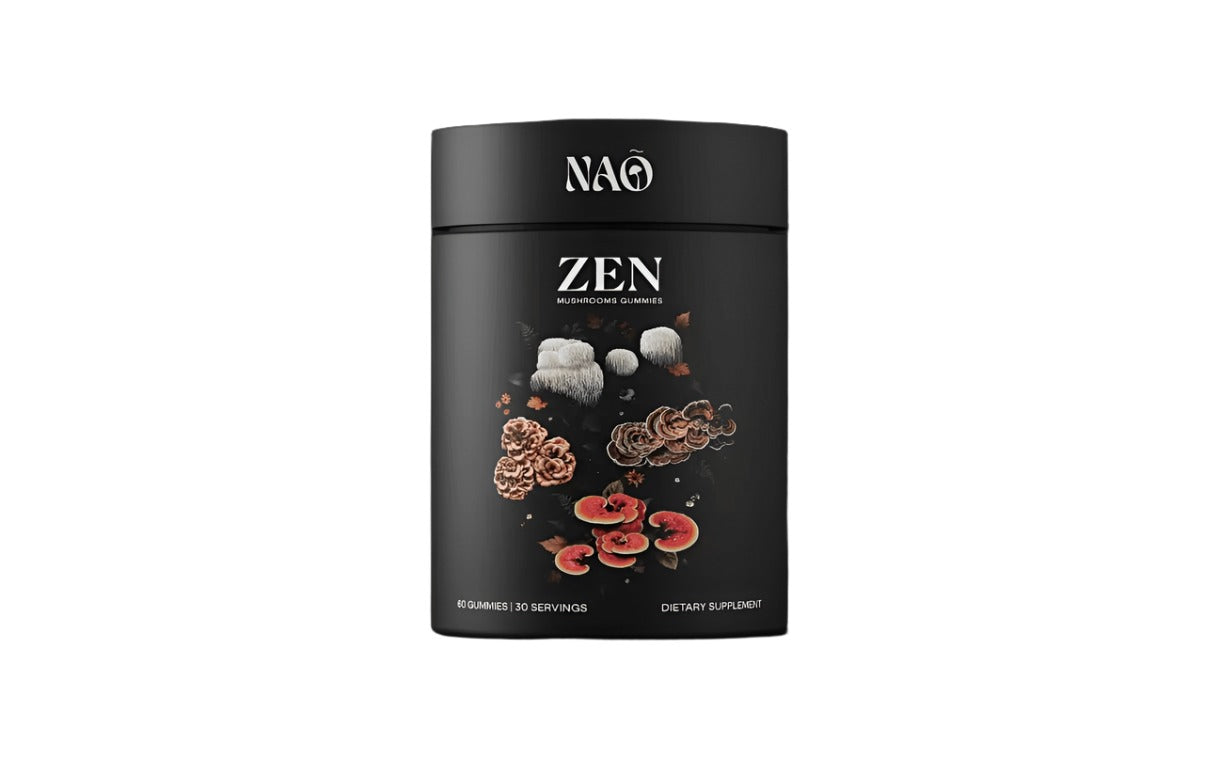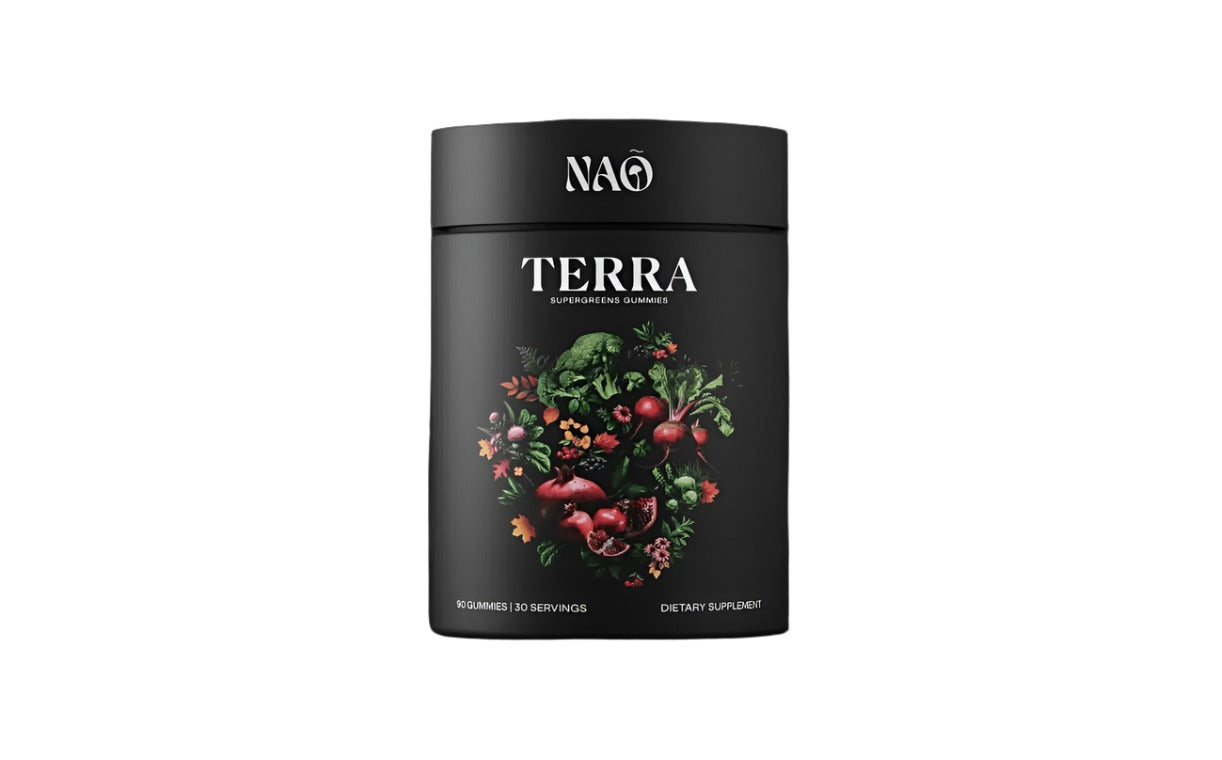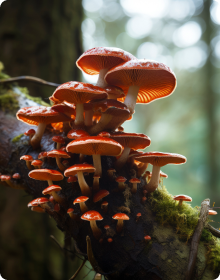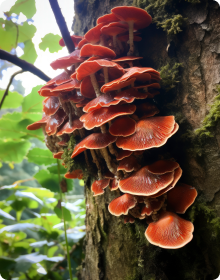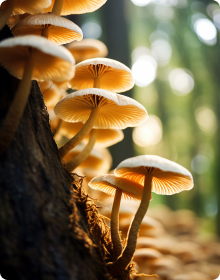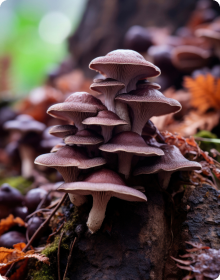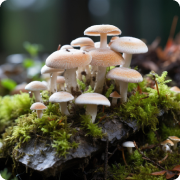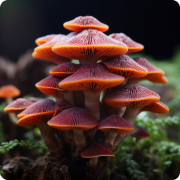Chlorella: Harnessing Nature's Emerald Detoxifier with Nao
In an age where environmental pollutants are more than a concern, finding natural solutions (lNao) for detoxification is paramount. Enter chlorella, an emerald-colored freshwater algae hailed as nature's supreme detoxifier. Let us dive deep into the world of chlorella, unpacking its heavy metal detoxification properties and outlining its numerous health benefits and the sustainable practices behind its cultivation (Hamai-Amara et al., 2024).
Understanding Heavy Metal Toxicity and the Need for Detox
Heavy metals are omnipresent in the air we breathe, the water we drink, and the soil that grows our food. Industrial waste, agricultural runoff, and common consumer products have seeped into our everyday lives (Alabssawy & Hashem, 2024). Heavy metal exposure can lead to a myriad of health issues, from neurological disorders to organ damage. The body's natural detoxification process can be overwhelmed, making finding ways to support and enhance its functions crucial.
The Prevalence of Heavy Metals
Various heavy metals such as lead, mercury, and cadmium are found at alarming levels in the general population. These toxic substances have no nutritional benefits for the body and can remain stored in tissues for years after exposure. You are welcome to find solutions for detox at Nao
Chlorella: A Nutritional Powerhouse
Chlorella, a close cousin to spirulina, is a single-celled green algae packed with an impressive nutritional profile. Its content includes proteins, vitamins, minerals, and a unique substance known as Chlorella Growth Factor (CGF), believed to foster rapid cell growth and repair.
Nutrients in Chlorella
Chlorella is rich in chlorophyll, a pigment that gives plants their green color and is theorized to bind to heavy metals and aid in their elimination. And yes, chlorella is a complete protein source loaded with essential fatty acids, including Omega-3s.
Heavy Metal Detoxification with Chlorella
Chlorella's role as a heavy metal detoxifier is well-documented in scientific research. Studies have shown that chlorella can bind to heavy metals in the body, preventing reabsorption and enabling safe elimination.
Mechanisms of Action
The fibrous cell walls in chlorella contain strong sporopollenin binders responsible for the algae's ability to latch onto heavy metals. These bound metals are then excreted through the body's natural elimination channels, primarily the digestive system (Nao).
Scientific Evidence
Scientific literature supports chlorella's heavy metal chelating properties. Research (Hamai-Amara et al., 2024) indicates reduced blood and tissue levels of various heavy metals after chlorella supplementation.
Health Benefits Beyond Detoxification
While chlorella's detoxification abilities are compelling, its benefits do not end there (Al‐Hammadi & Güngörmüşler, 2024).
Immune Support
Chlorella's nutrient-dense composition works in tandem to bolster the immune system. Vitamin C, beta-carotene, and other antioxidants present in chlorella contribute to fighting off infections and preventing illness.
Improved Digestive Health
Chlorella is appreciated for its prebiotic properties, which help promote the growth of healthy gut bacteria. This is instrumental in maintaining digestive health and improving symptoms of gastrointestinal disorders.
Detoxification for Better Health
Not limited to heavy metals, chlorella is also thought to aid in removing other toxins, including pesticides, herbicides, and alcohol-related compounds, making it a versatile cleanser for modern living (Hamai-Amara et al., 2024).
Incorporating Chlorella into Your Routine
Adding chlorella to your diet can be as simple as a daily supplement or as creative as culinary exploration.
Dosage and Consumption
For detoxification purposes, high doses of 3-5 grams per day or more are often recommended. Chlorella can be consumed in tablet, powder, or liquid forms. Starting with smaller doses and gradually increasing them is essential to avoid digestive discomfort.
Recipes and Dishes
Looking for a tasteful way to consume chlorella? Add a spoonful of chlorella powder to your morning smoothie for a nutrient-packed breakfast. Or, if you are a fan of savory flavors, blending chlorella into hummus or guacamole can provide a flavorful twist while offering detoxification benefits.
The Environmental Side of Chlorella
The sustainability of chlorella farming is a point of pride for proponents of this superfood. Chlorella is a photosynthetic organism that requires only sunlight, carbon dioxide, and water to grow, making it a prime candidate for sustainable agriculture practices.
Sustainable Cultivation
Chlorella can be cultivated indoors using artificial light in vertical bioreactors or outdoors in freshwater ponds. The closed-loop systems used in chlorella farming minimize water usage and waste while preventing contamination of wild ecosystems.
Chlorella's Role in Environmental Conservation
By consuming chlorella, you are supporting your and the planet's health. Chlorella's potential as a future food source has been explored to reduce the environmental footprint of food production.
Way Forward: Chlorella for Your Health and the Earth's
The idea of toxin-free living may seem like an insurmountable goal in the modern world, but the introduction of effective, natural detoxifiers like chlorella brings it within reach. By harnessing the power of chlorella, we can empower the body to take on the heavy metals that threaten our well-being (Li et al., 2024).
If you are on a quest for wellness or an advocate for environmental conservation, chlorella deserves a prominent place in your considerations. Its promise as a sustainable, efficient detoxifier offering a cornucopia of nutrients underscores its status as a superfood in every sense.
Make an informed choice for your health and the planet. Be the change, and start your chlorella journey today as we do our best to deliver the best of superfoods’ benefits at Nao.
References
Alabssawy, A. N., & Hashem, A. H. (2024). Bioremediation of hazardous heavy metals by marine microorganisms: a recent review. Archives of Microbiology, 206(3), 1-18.
Al‐Hammadi, M., & Güngörmüşler, M. (2024). New insights into Chlorella vulgaris applications. Biotechnology and Bioengineering.
Hamai-Amara, H., Abou Saleh, H., Al-Ghouti, M., Grovella, S., Saadaoui, I., & Soubra, L. (2024). Microalgae potential to protect from heavy metals-induced carcinogenicity. Algal Research, 103411.
Li, Y., Zhao, Y., Zhang, H., Ding, Z., & Han, J. (2024). The Application of Natural Carotenoids in Multiple Fields and Their Encapsulation Technology: A Review. Molecules, 29(5), 967.
